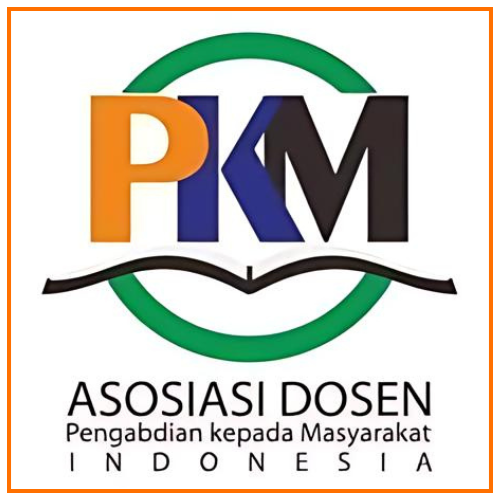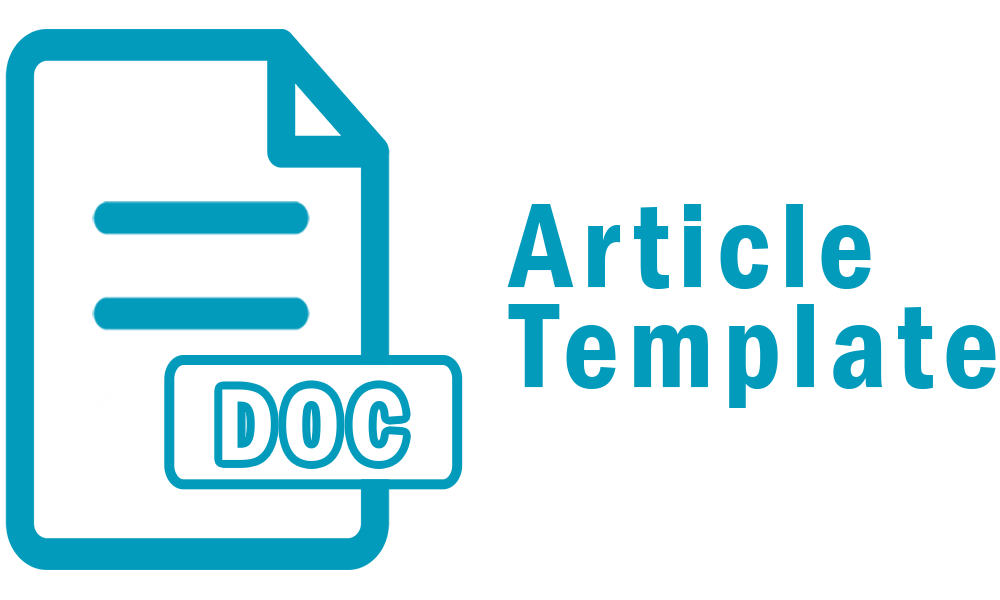Students’ Perception of Using Mind Maps to Improve Students’ Writing Ability
Abstract
Keywords: Advantages; Mind Map; Students’ Perception; and Writing Ability.
Full Text:
PDFReferences
Agustina, R. (2020). The Effect of Mind Mapping Techniques on Writing Skill of Procedure Text for Students Class VII MTsN Model Sungai Penuh, Jambi Province, Indonesia. Journal Polingua: Scientific Journal of Linguistics, Literature and Language Education, 9(2), 34-37.
Apriani, E., Santiana, S., & Harmi, H. (2022). Investigating the Role of ICT toward Students' Higher Order Thinking in Writing Skills at Islamic University Students. Al-Ishlah: Jurnal Pendidikan, 14(2), 2213-2224.
Astriani, D., Susilo, H., Suwono, H., Lukiati, B. & Purnomo, A. (2020). Mind Mapping in Learning Models: A Tool to Improve Student Metacognitive Skills. International Journal of Emerging Technologies in Learning (iJET), 15(6), 4-17. Kassel, Germany: International Journal of Emerging Technology in Learning. Retrieved January 31, 2024 from https://www. learntechlib.org/p/217193/.
Astriani, A. S., Silvani, D., & Syakira, S. (2023). The Effect of Digital Literacy and Word Choice Mastery on Students’ Writing Skills. Jurnal Pendidikan: Teori, Penelitian, dan Pengembangan, 8(5), 307-314.
Budd, J. W. (2004). Mind Maps As Classroom Exercises. The Journal of Economic Education, 35(1), 35–46. https://doi.org/10.3200/JECE.35.1.35-46.
Buran, A., & Filyukov, A. (2015). Mind Mapping Technique in Language Learning. Procedia - Social and Behavioral Sciences, 206(November), 215–218. https://doi.org/10.1016/j.sbspro.2015.10.010.
Chang, B., & Lu, F. C. (2018). Social Media Facilitated English Prewriting Activity Design and Evaluation. Asia-Pacific Education Researcher, 27(1), 33–42. https://doi.org/10.1007/s40299-017-0363-0.
Cristea, A. D., Berdie, A. D., Osaci, M., & Chirtoc, D. (2011). The advantages of using Mind Map for learning web Dynpro. Computer Applications in Engineering Education, 19(1), 201–207. https://doi.org/10.1002/cae.20285.
Dhindsa, H. S., & Roger Anderson, O. (2011). Constructivist-visual mind map teaching approach and the quality of students’ cognitive structures. Journal of Science Education and Technology, 20, 186–200.
Fadillah, R. (2019). Students’ Perception on the Use of Mind Mapping Application Software in Learning Writing. A Journal of Culture English Language Teaching Literature & Linguistics, 6(1), 58. https://doi.org/10.22219/celticumm.vol6.no1.58-64.
Farrand, P., Hussain, F., & Hennessy, E. (2002). The efficacy of the “mind map” study technique. Medical Education, 36(5), 426–431. https://doi.org/10.1046/j.1365-2923.2002.01205.x.
Foddy, W. H. (1993). Constructing questions for interviews and questionnaires: Theory and practice in social research. In Constructing questions for interviews and questionnaires: Theory and practice in social research. Cambridge University Press. https://doi.org/10.1017/CBO9780511518201.
Fu, Q. K., Lin, C. J., Hwang, G. J., & Zhang, L. (2019). Impacts of a mind mapping-based contextual gaming approach on EFL students’ writing performance, learning perceptions and generative uses in an English course. Computers & Education, 137, 59-77.
Furqoni, N. I. (2019). The Effect of Peer Feedback Technique in Teaching Writing on Students’ Writing Achievement of Writing Ii Course At English Department Fkip Lambung Mangkurat University. Journal of English Teaching, Applied Linguistics and Literatures, 2(1), 28. https://doi.org/10.20527/jetall.v2i1.7374.
Harmer, J. (1998). How to Teach English: an introduction to the practice of English Language Teaching. England: Longman.
Hyman, M. R., & Sierra, J. J. (2016). Open- versus Close-Ended Survey Questions. NMSU Business Outlook, 14(2).
Huda, F. K. S., Rismiyanto, R., & Kurniati, D. (2023). Vocational School Students’ Perceptions of the Use of Animated Movies in Narrative Text Learning. JELITA: Journal of Education, Language Innovation, and Applied Linguistics, 2(1), 34-40.
Jones, B. D., Ruff, C., Snyder, J., Petrich, B., & Koonce, C. (2012). The Effects of Mind Mapping Activities on Students’ Motivation. International Journal for the Scholarship of Teaching and Learning, 6(1). https://doi.org/10.20429/ijsotl.2012.060105.
Kustian, N. G. (2021). Penggunaan Metode Mind Mapping Dalam Meningkatkan Hasil Belajar Siswa. ACADEMIA: Jurnal Inovasi Riset Akademik, 1(1), 30–37. https://doi.org/10.51878/academia.v1i1.384.
Kuihara, S. A., Hawken, L. S., & Graham, S. (2009). Teaching Writing to High School Students: A National Survey. Journal of Education Psychology, 136-160.
Liu, Y., Tong, Y., & Yang, Y. (2018). The Application of Mind Mapping into College Computer Programming Teaching. Procedia Computer Science, 129, 66–70. https://doi.org/10.1016/j.procs.2018.03.047.
Mahmud, I., Rawshon, S., & Rahman, M. J. (2011). Mind Map for Academic Writing: A Tool to Facilitate University Level Student. International Journal of Educational Science and Research, 21-30.
Muslim, I. M. (2014). Helping EFL Students Improve their Writing. International Journal of Humanities and Social Science, 105-112.
Ngo, T. H. T., & Tran, T. T. O. . (2021). The English-majored Students’ Practices of Mind Maps in Writing Skills. International Journal of TESOL & Education, 1(3), 301–312.
Nurlaila, A. P. (2013). The Use of Mind Mapping Technique in Writing Descriptive Text. Journal of English and Education, 9-15.
Pishghadam, R., & Ghanizadeh, Afsaneh. (2006). On the impact of concept mapping as a prewriting activity on EFL learners' writing ability. Iranian Journal Of Applied Linguistics (IJAL), 9(2), 101-126. Sid. Https://Sid.Ir/Paper/551830/En.
Silvani, D. (2020). Learning through Watching: Using Animation Movie to Improve Students’ Writing Ability. Journal of English Language Teaching and Linguistics, 5(2), 233-247.
Sumartini, S. (2017). Pengaruh Intensitas Penggunaan Internet Terhadap Perilaku Keagamaan Santri Putri (Studi Kasus di Pondok Pesantren Raudlatul Ulum Putri Desa Kajen Margoyoso Pati). UIN Walisongo.
Wijirahayu, S., & Sutiwan, A. S. (2023). A Habitual Action of Listening to Songs in a Writing Class. JELITA: Journal of Education, Language Innovation, and Applied Linguistics, 2(1), 12-21.
Yunus, M. M., & Chien, C. H. (2016). The Use of Mind Mapping Strategy in Malaysian University English Test (MUET) Writing. Creative Education, 7. http://dx.doi.org/10.4236/ce.2016.74064.
DOI: https://doi.org/10.37058/jelita.v3i1.7649
Refbacks
- There are currently no refbacks.








Journal of Education, Language Innovation, and Applied Linguistics
Lembaga Penelitian, Pengabdian Kepada Masyarakat dan Penjaminan Mutu Pendidikan (LP2M-PMP) Universitas Siliwangi
Jalan Siliwangi Number 24, Kota Tasikmalaya - 46115
West Java, Indonesia










